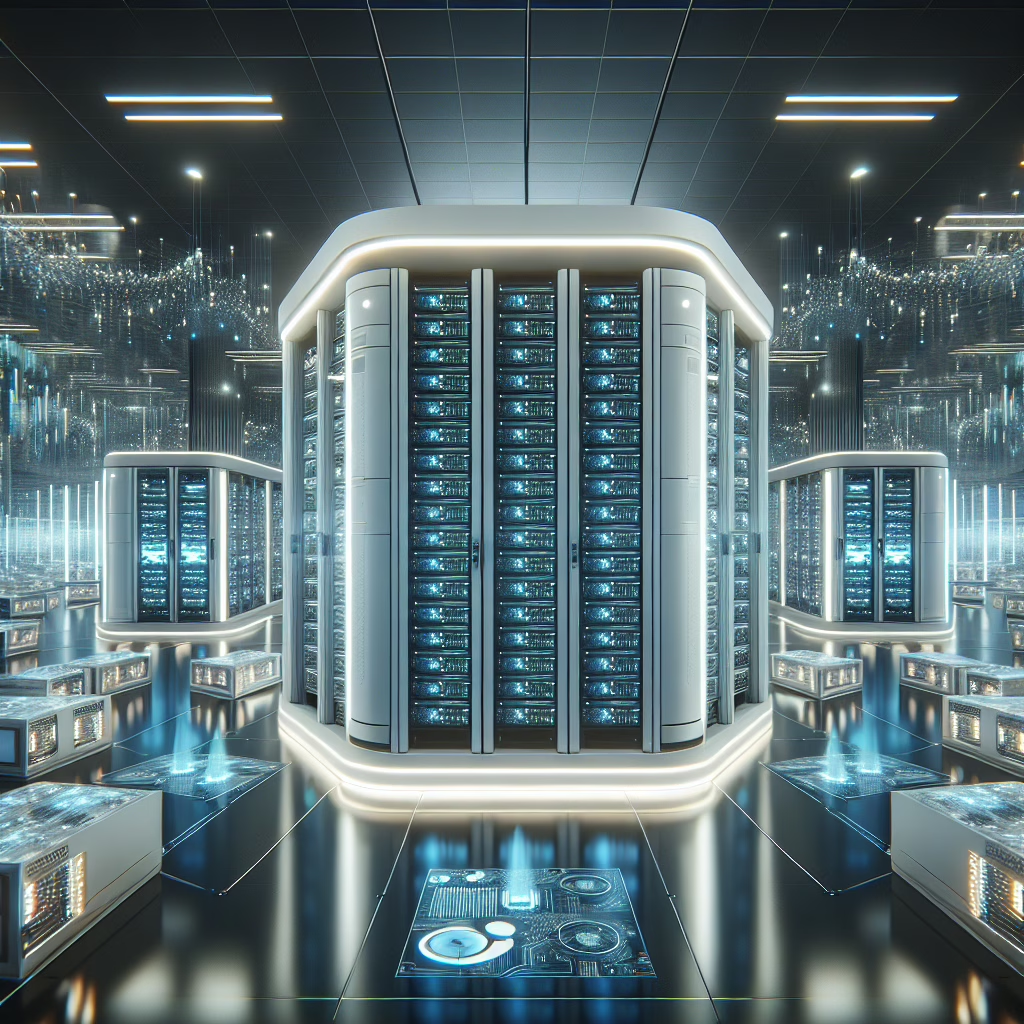In a world where data is the new oil, CIA-backed venture capitalists are diving deep into the depths of innovation. Enter the realm of ceramic-based startups, which aim to revolutionize data storage with exabyte-class solutions. Yes, you heard it right! The future of storage might just be as tough as your grandma’s legendary ceramic dishes.
Ceramic Technology: Not Just for Fancy Plates
Ceramic materials have traditionally been the unsung heroes of the material world, providing durability and heat resistance in everything from dental implants to your favorite coffee mug. However, as savvy investors lean into innovation, these humble materials are stepping into the spotlight for their unparalleled potential in high-capacity data storage.
Imagine a storage solution so robust, it could withstand not just the test of time but also the occasional clumsy friend dropping your hard drive. This innovation comes at a crucial moment when our digital universe continues to expand faster than a teenager’s appetite. With digital data growing exponentially, finding sustainable and efficient storage solutions is more important than ever.
Why Exabyte-Class Storage Matters
Now, let’s dive into what exabyte-class storage really means. An exabyte is one quintillion bytes (that’s a one followed by 18 zeros). To put it into perspective, if you were to store an exabyte of data on DVDs, you would need enough discs to cover the entire state of Texas! Clearly, we need smarter solutions in the ever-growing landscape of data storage.
The CIA’s investment signals a strong belief in this technology’s potential. After all, when government agencies start backing innovations, you know they see something truly groundbreaking. If ceramic materials can deliver on their promise, data storage could evolve into a paradigm where massive amounts of information are stored efficiently and securely—without requiring an entire warehouse full of servers.
Breaking Down the Investment
So, why is a CIA-backed VC interested in ceramic-based storage? It’s simple: they’re looking for reliable, high-capacity solutions that can also protect sensitive information. In an era where cybersecurity threats loom large like a dark cloud over our digital lives, investing in robust storage technologies comes as a necessity.
This shift toward innovative materials could lead to breakthroughs that not only enhance data retrieval speeds but also lower energy consumption—a vital consideration as we strive for greener tech solutions. Who knew ceramics could save the planet one byte at a time?
The Future Is Bright—and Ceramic
As we look ahead to 2025 and beyond, expect to hear more about these ceramic-based innovations. The tech industry thrives on curiosity and exploration, and this venture is just one example of how unconventional materials can pave the way for revolutionary advancements in data storage.
Moreover, as companies continue to grapple with managing massive amounts of data, they’ll need to consider how new materials can play a role in their strategies. From cloud computing giants to small startups, everyone should keep an eye on this developing trend because you never know when your next big breakthrough might come from a rather unexpected source!
While it may sound like science fiction today, tomorrow’s data centers might just be built upon ceramic foundations—stronger than steel and capable of holding more information than we can currently fathom. Imagine a world where all your favorite cat videos are safely stored in ceramic! Now that’s progress!
In conclusion, as we stand at the crossroads of technology and material science, let’s celebrate these exciting developments in storage solutions. Who would have thought that CIA investments could lead us to better ceramics? The future looks promising—and just maybe slightly humorous too!
We’d love to hear your thoughts on this innovative leap into ceramic-based storage! What do you think about the potential of such technology? Share your insights with us in the comments below!
Special thanks to TechRadar for inspiring this exploration into the world of ceramic-based storage.

